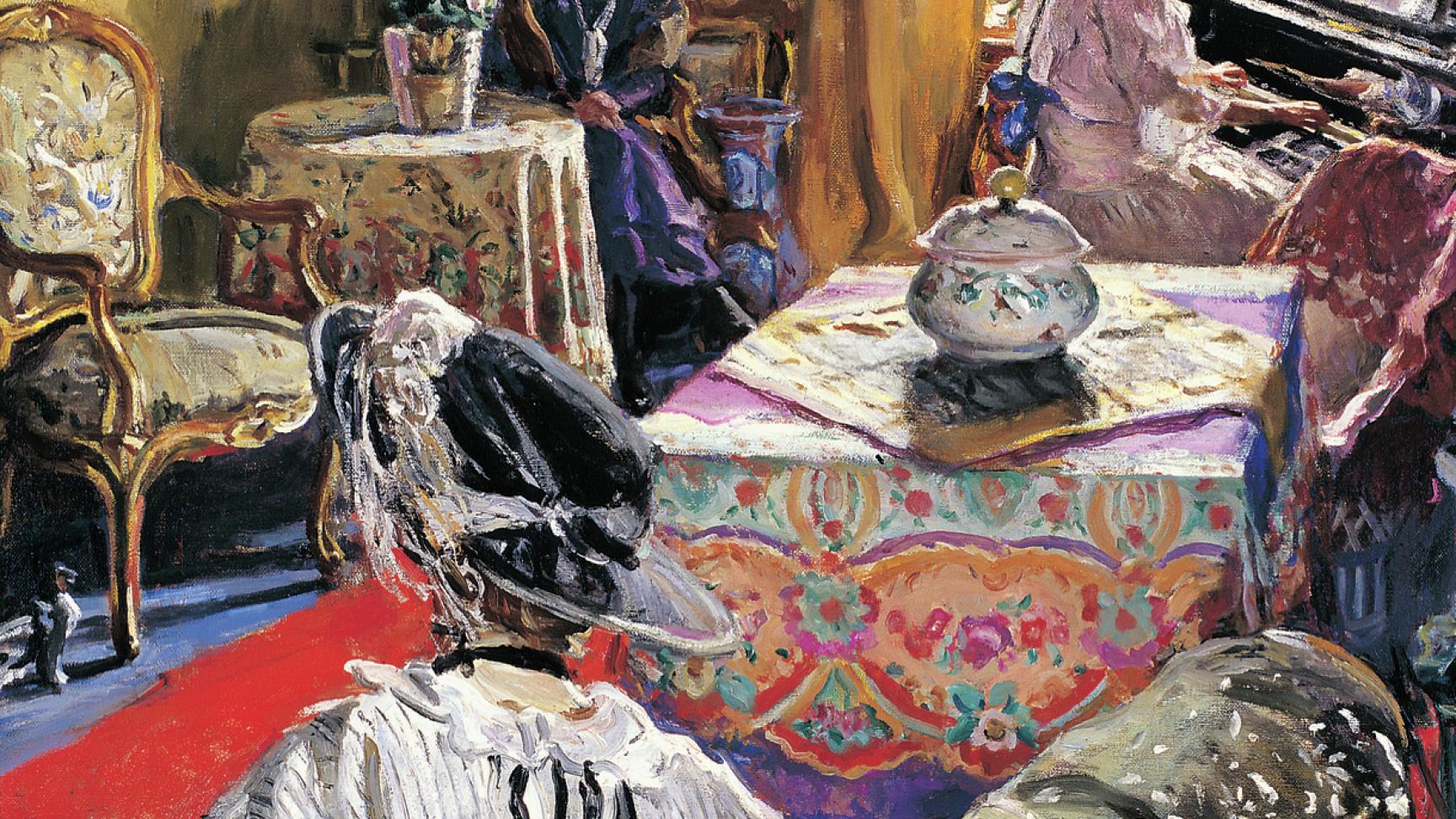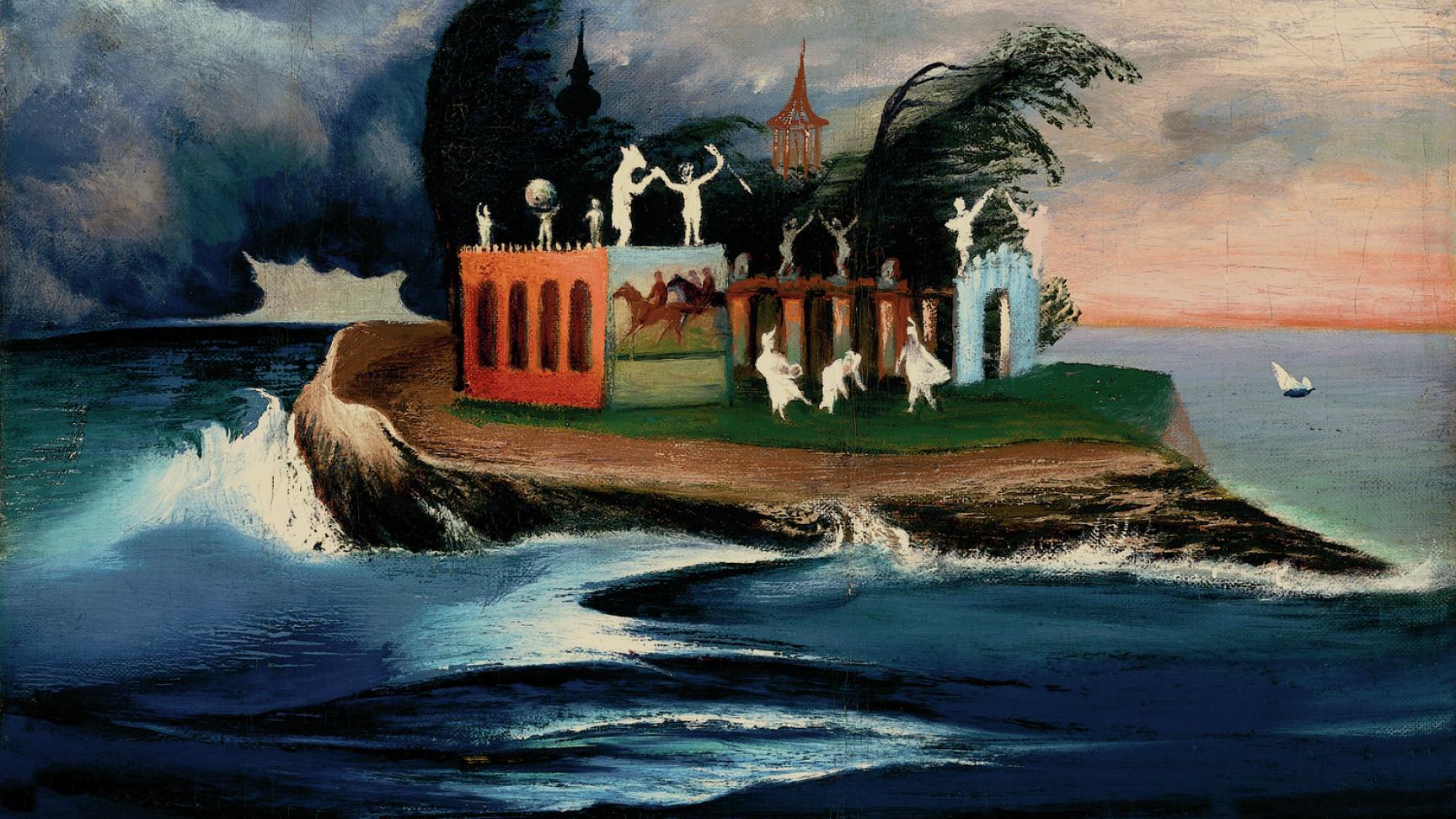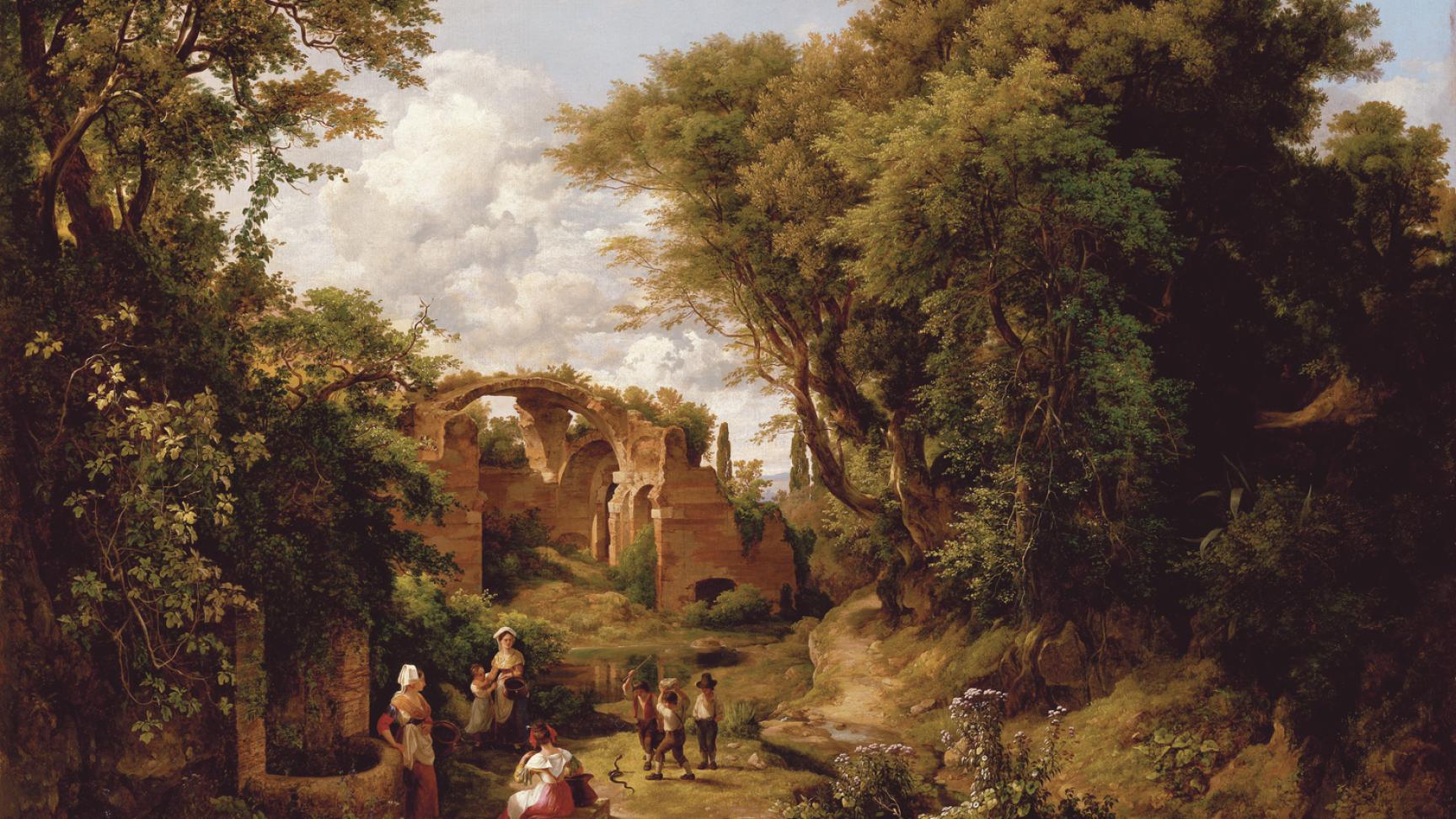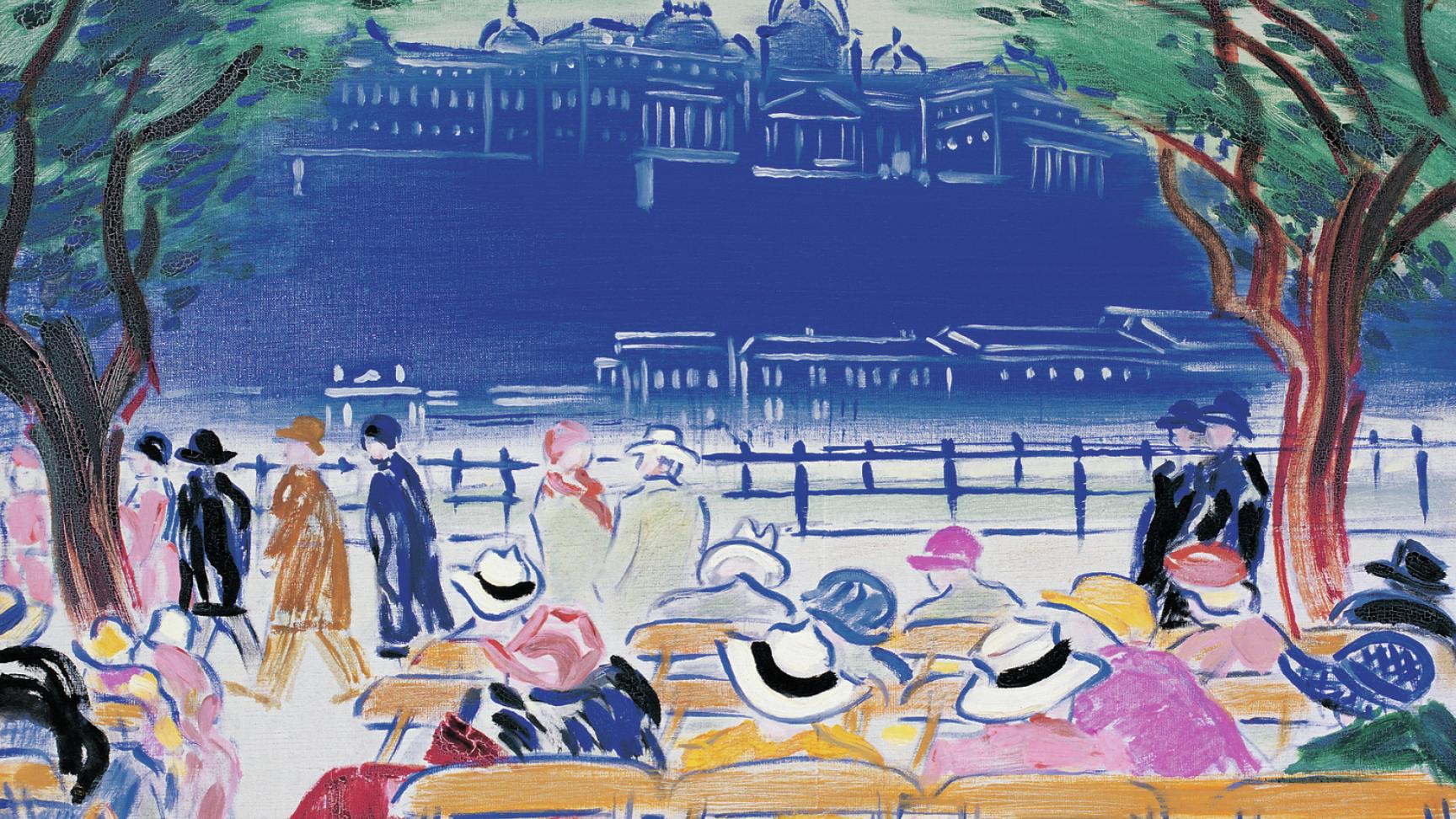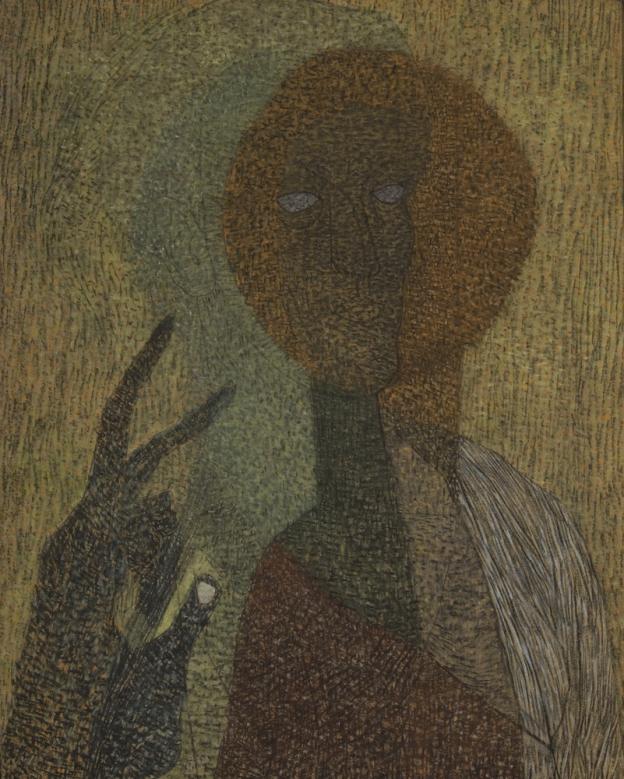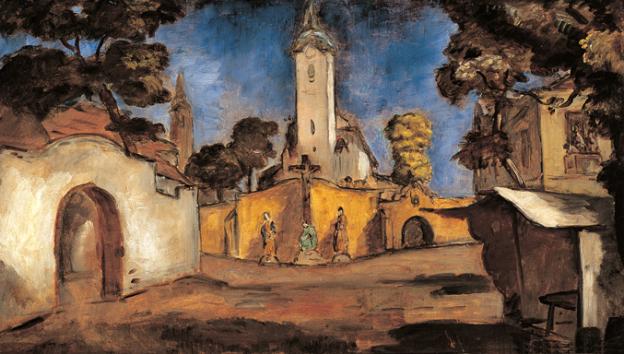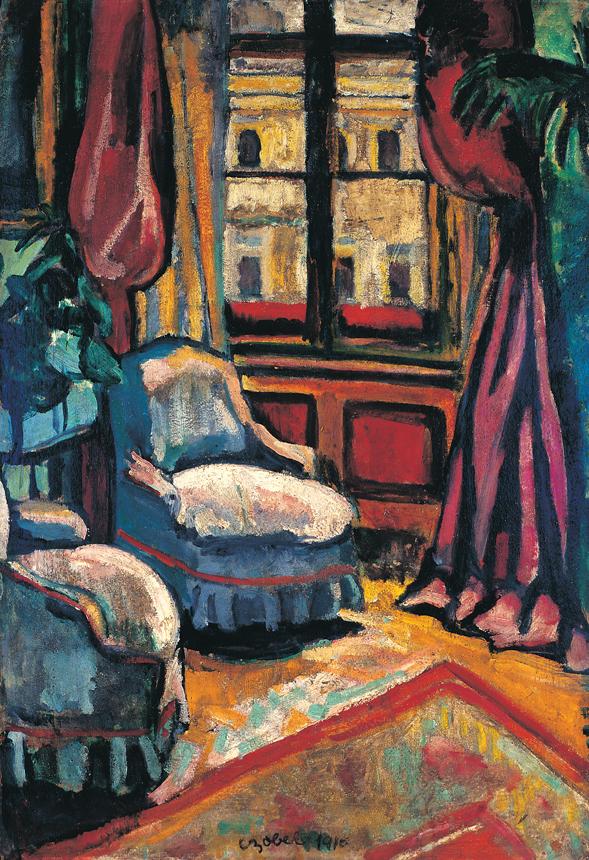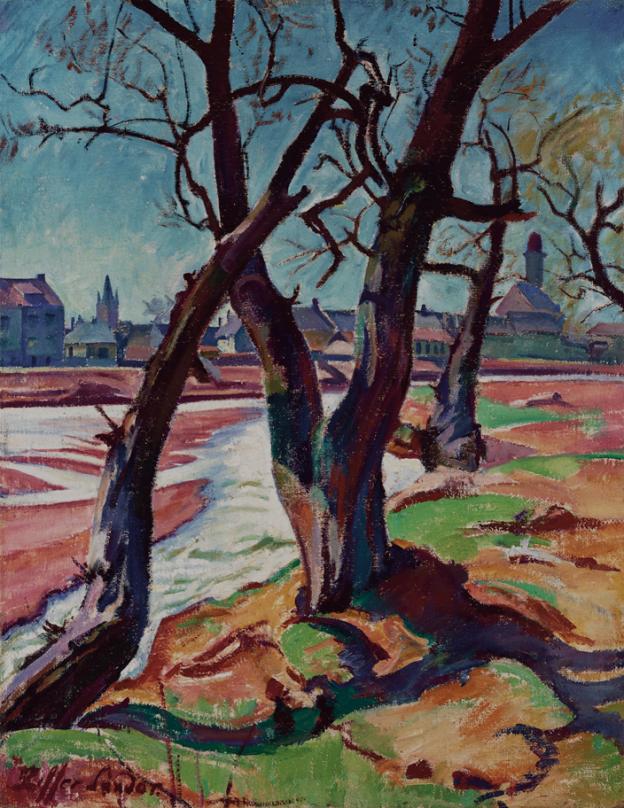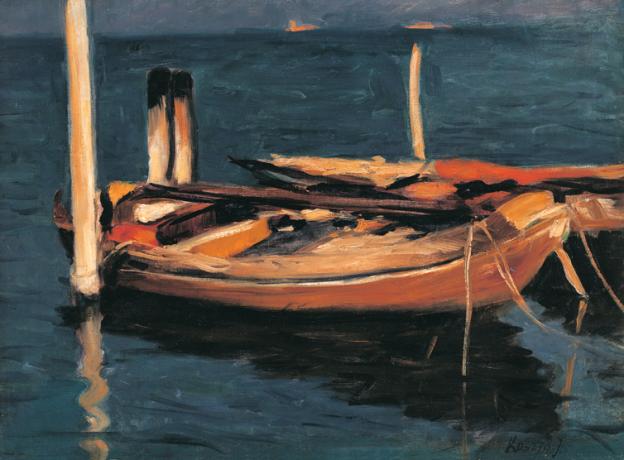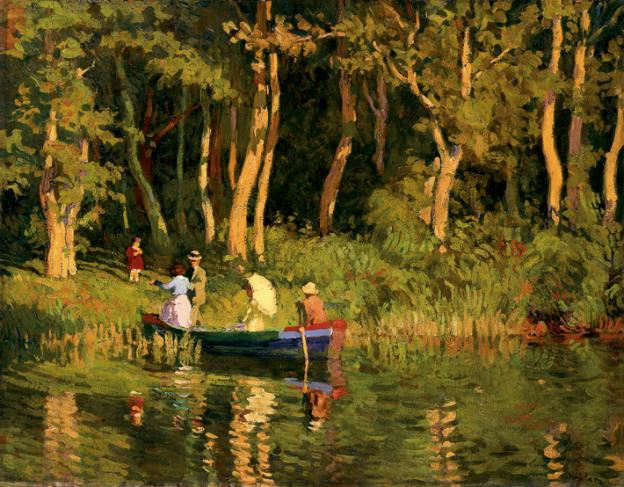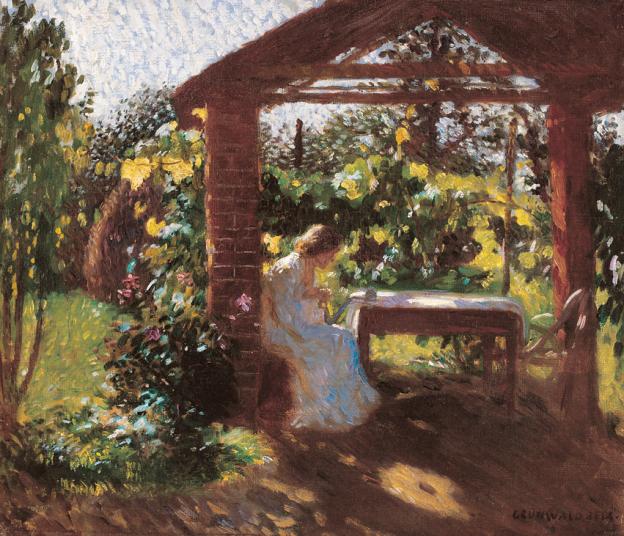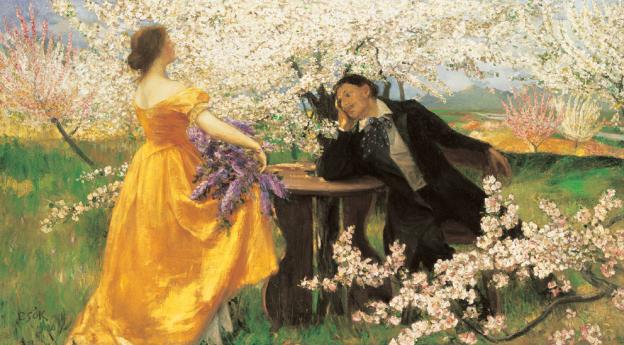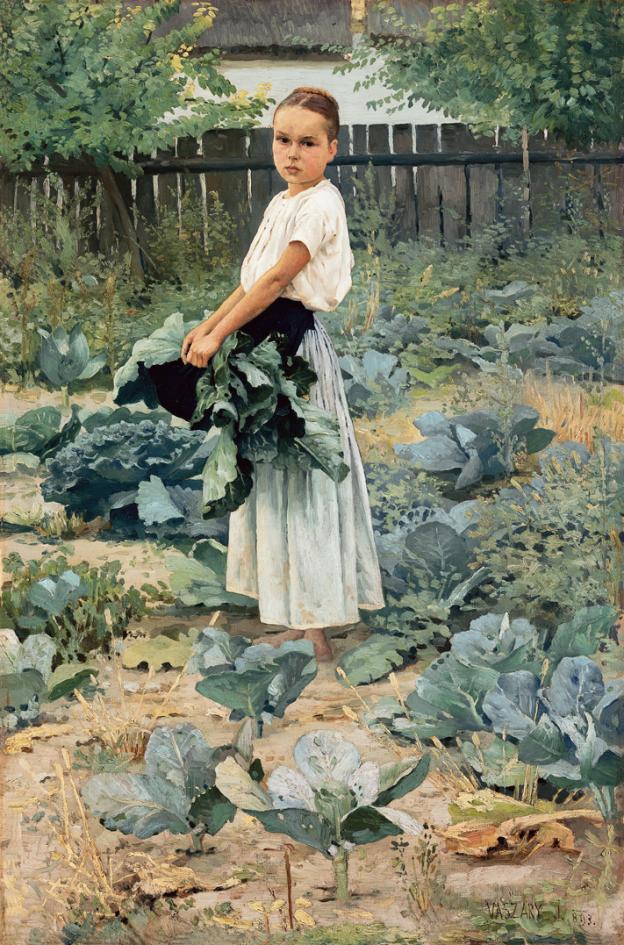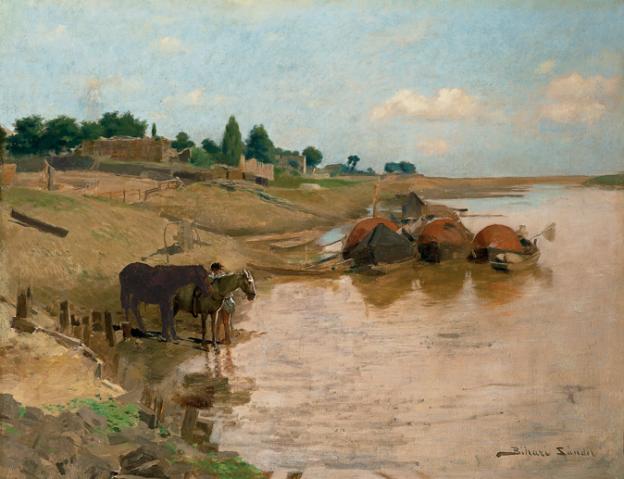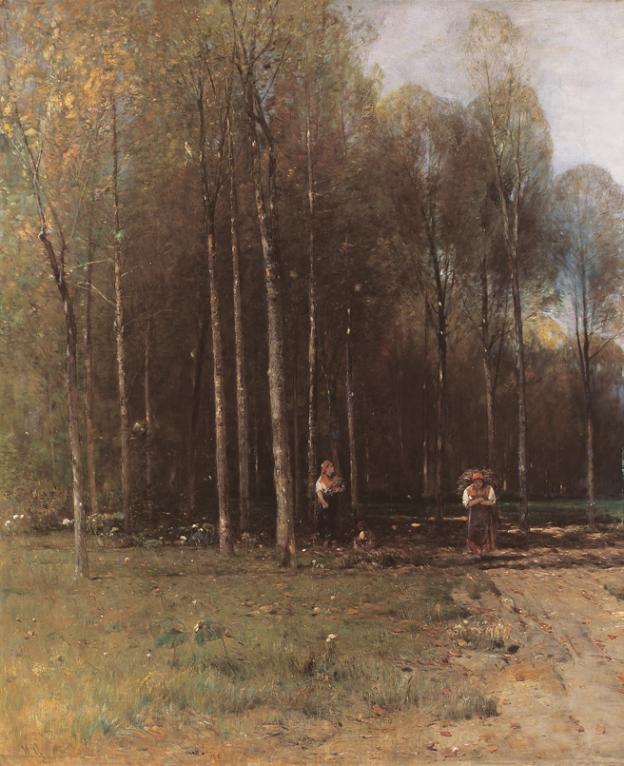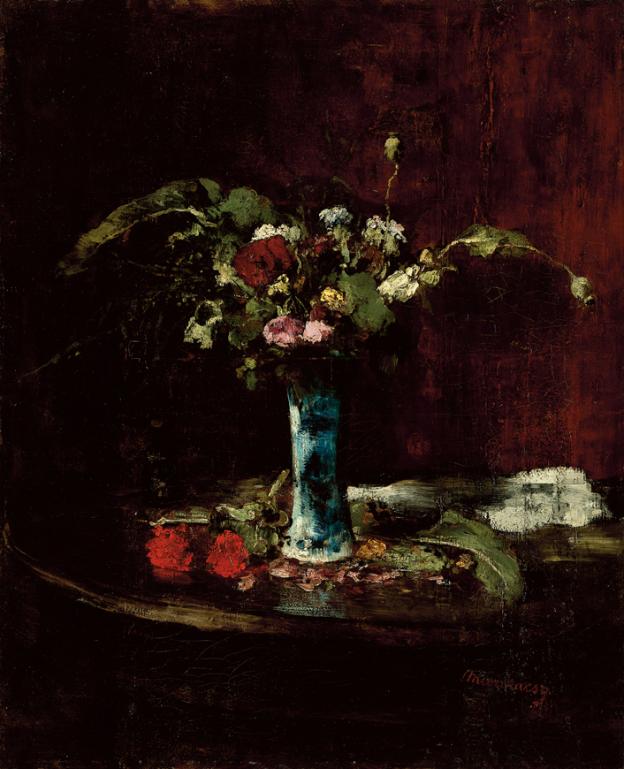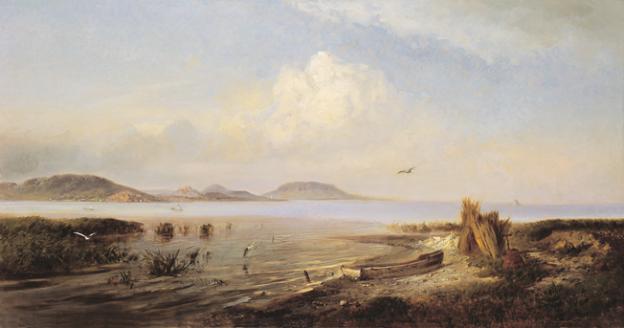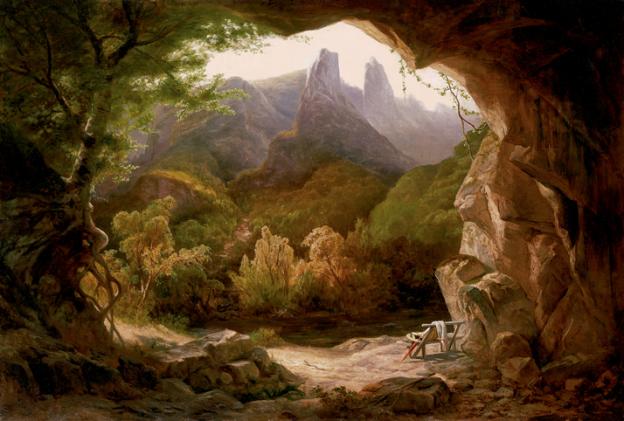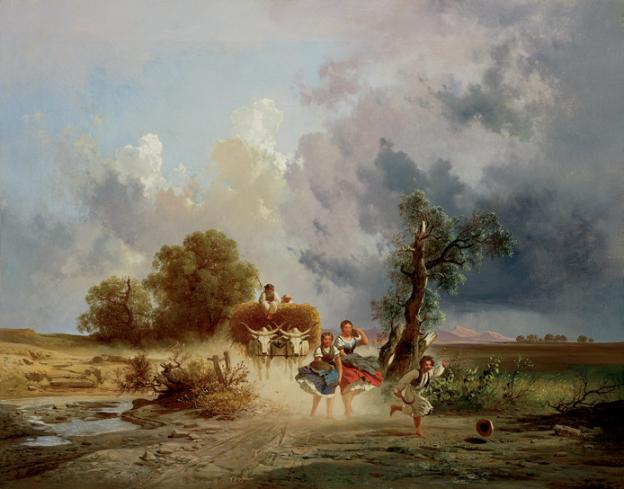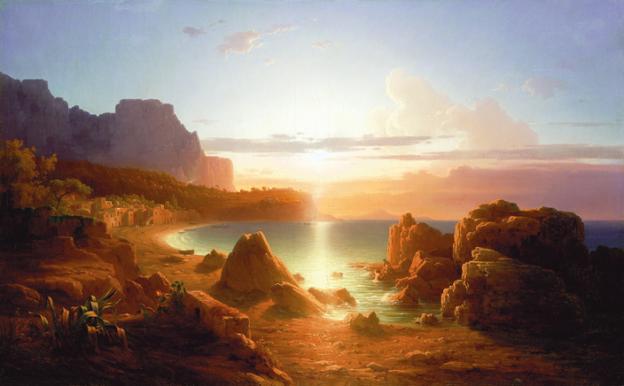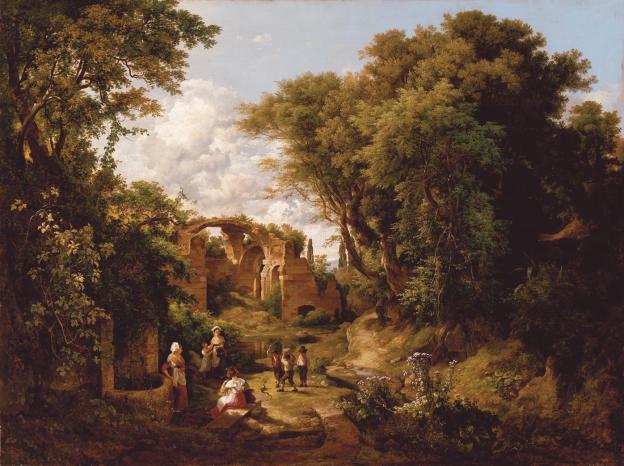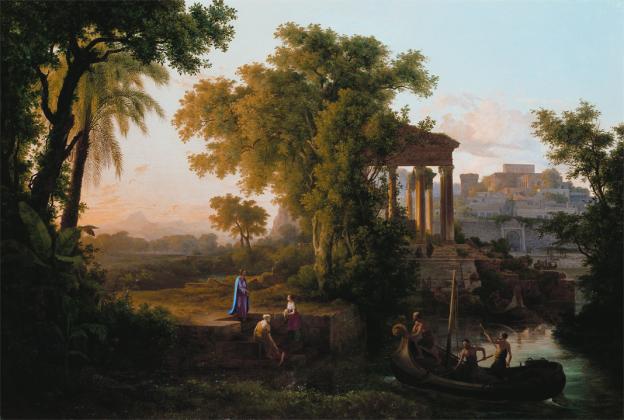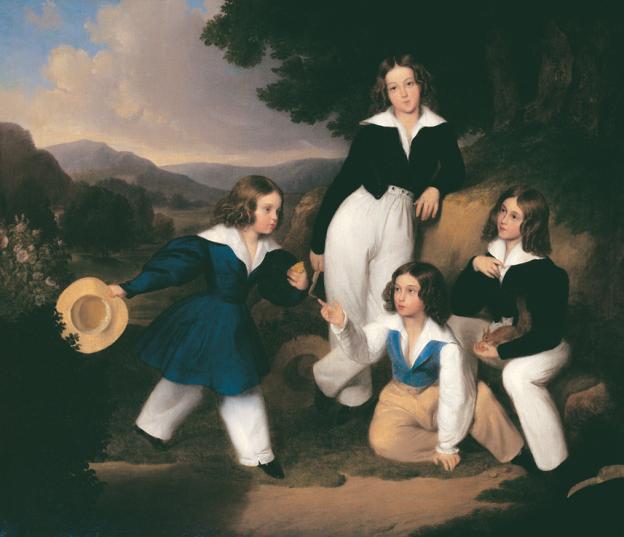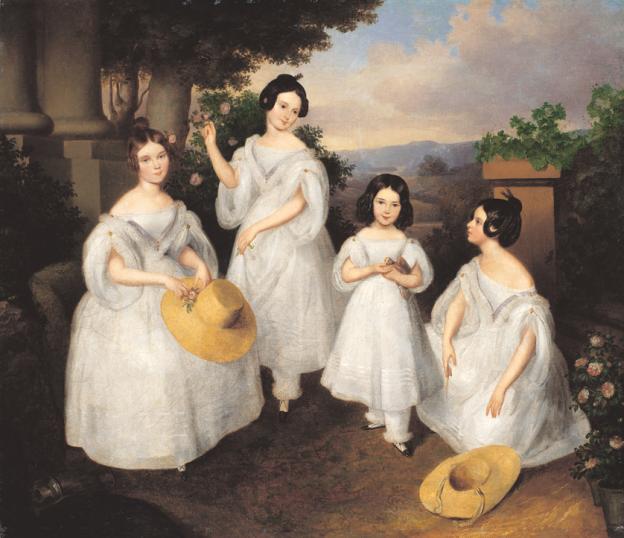The bulk of the some 90 paintings on view come from the internationally significant Kovács Gábor Collection, one of Hungary’s most important private collections, and from the rich holdings of the Hungarian National Gallery; others are on loan from the Hungarian National Museum, the Kiscell Museum, the Metropolitan Gallery, and the collection of the Kovács Gábor Art Foundation. The preeminent painters represented in this selection include Károly Markó the Elder, Bertalan Székely, Mihály Munkácsy, Lajos Gulácsy, József Rippl-Rónai and János Vaszary.
This exhibition concerns itself with a period of a hundred years, from the birth of autonomous painting in Hungary, through the artistic and cultural effervescence of the fin de siècle in the wider sense, to the interwar period, which was marked by a calmer scene and the coexistence of diverse trends. The selected works bear testimony to the duality wherein local flavours and themes were renewed under European influences and gave rise to a distinctive variety of Central European art.
The exhibition is accompanied by a catalogue in Polish and English, with three essays: the first introduces the emergence and growth of Hungarian painting in the 19th century; the second looks at the establishment of modern sensibilities in the first decades of the 20th century; and the third explores Polish-Hungarian cultural relations.
The exhibition is realized with the support of the Ministry of Human Resources, and is a special event of the Hungarian Season in Poland.

